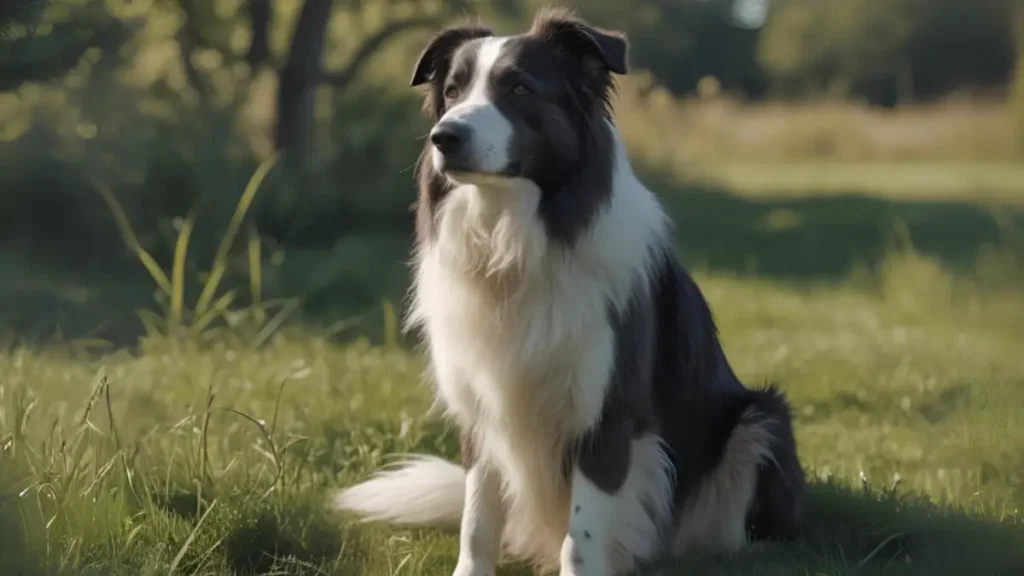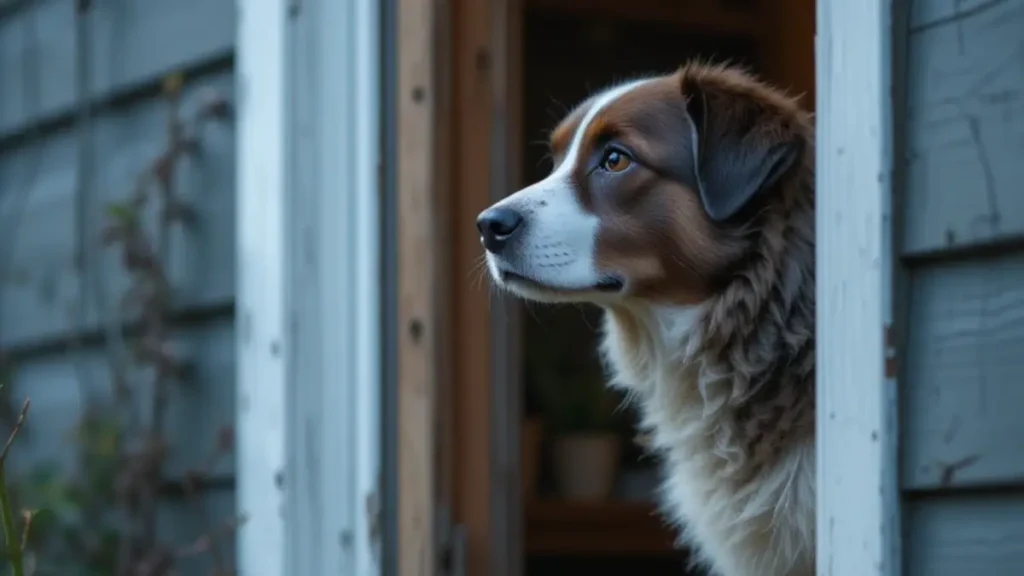Lonely Dog? 6 Heartbreaking Signs Your Pet Craves More Attention
Do Dogs Get Lonely? Understanding Your Furry Friend’s Emotional Needs
It’s a question every pet parent asks at some point: does my dog get lonely when I’m not home? The short and simple answer is yes. As descendants of wolves, dogs are highly social animals that thrive on companionship. They evolved to live in packs, and in our modern world, we become their pack. This deep-seated need for connection means that when left alone for extended periods, many dogs can experience genuine loneliness.
This loneliness isn’t just a feeling; it can manifest in various behavioral and physical signs that are often misunderstood.
6 Signs That Your Dog Is Lonely
Understanding these signs is the first step to helping your dog feel more secure and happy.
- Increased Vocalization: If your neighbours complain about constant barking, howling, or whining when you’re away, it’s a classic sign of loneliness. Your dog is essentially calling out for companionship.
- Destructive Behavior: Coming home to chewed furniture, torn-up pillows, or a garbage can that’s been raided can be a cry for help. Destructive chewing and mischief can be a way for a lonely dog to self-soothe or burn off pent-up energy from boredom.
- Depression or Lethargy: A lonely dog might become withdrawn. You may notice they sleep more than usual, show less interest in their favorite toys, or seem generally subdued. A lack of enthusiasm for activities they once loved can be a red flag.
- Clinginess: A dog that suddenly becomes your shadow, following you from room to room or constantly wanting to be near you, may be expressing a deep need for more attention and reassurance after a period of isolation.
- Changes in Appetite: Just like humans, loneliness and stress can affect a dog’s appetite. They might start eating less or, in some cases, more than usual.
- Excessive Licking or Self-Grooming: Some dogs cope with stress and loneliness by over-grooming or licking themselves. This can sometimes lead to visible hair loss or skin irritations.
Why Dogs Get Lonely and Why It Matters
Our dogs have shared thousands of years of close bonds with humans. They rely on us not just for food and shelter, but for comfort, safety, and a sense of belonging. When that crucial social interaction is missing—whether with people or other dogs—they can begin to feel isolated, anxious, and genuinely unhappy.
It’s important to remember that not all dogs react the same way. Some breeds and individual personalities are more independent and can handle alone time better than others. Factors like a dog’s past experiences, age, and temperament all play a significant role in how much companionship they need to thrive.
How to Help a Lonely Dog
The good news is that there are many ways you can address loneliness and boost your dog’s happiness:
- Provide Regular Interaction: The simplest solution is the most effective. Dedicate time each day for play, walks, and plenty of cuddles.
- Enrich Their Environment: Keep your dog’s mind busy while you’re away. Provide interactive puzzle toys, food-dispensing games, or a stuffed Kong to keep them occupied and mentally stimulated.
- Consider a Companion: For dogs that are alone for long hours, options like a dog walker, doggy day care, or even a trusted pet sitter can provide much-needed social time. For some families, a second dog can be a perfect companion.
- Stay Connected: Technology can help bridge the gap. Consider using a pet camera to check in and even talk to your dog, or use interactive feeders that can be controlled remotely.
Ultimately, dogs are social creatures that require regular company to thrive. Recognizing the signs of loneliness and taking proactive steps to address it is one of the most important things you can do for your dog’s emotional and behavioral health.


